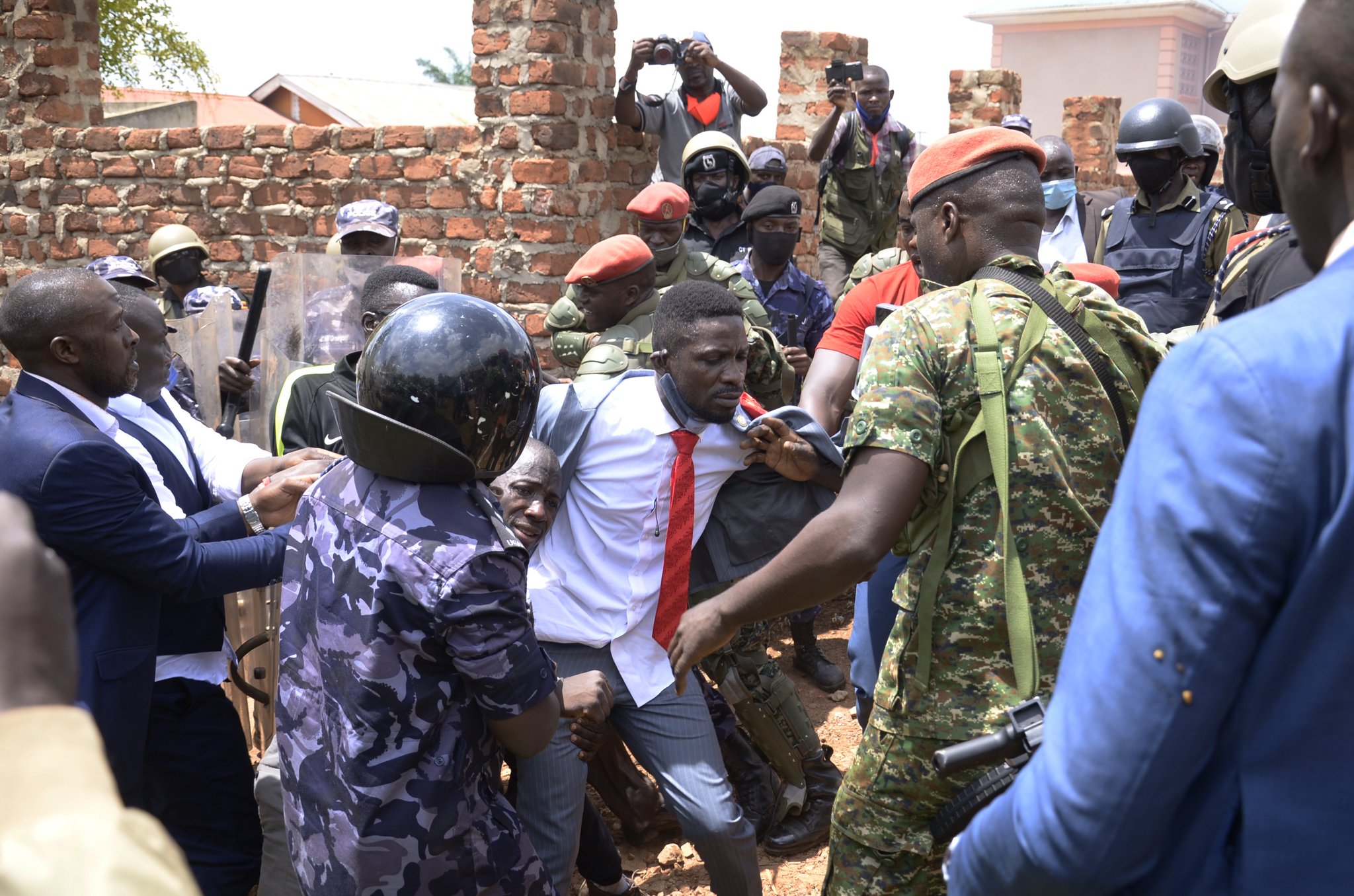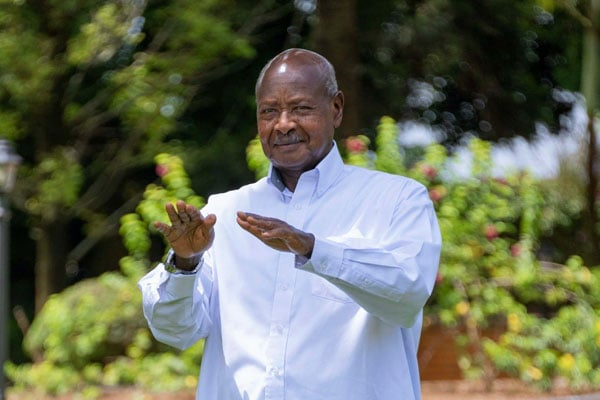Prime
Bunyoro-Kitara enters the oil age

Author: Karoli Ssemogerere. PHOTO/HANDOUT
What you need to know:
Bunyoro has vast fertile lands, dark soils being the gold standard, home to tea plantations and slowly turning into Uganda’s food basket. Perennial crops like coffee, fruit trees can inhabit the less fertile soils.
The Bunyoro Sub-region, comprising Masindi, Hoima, Buliisa, Kiryandongo, Kagadi, Kibaale, Kakumiro and Kikuube, is about to enter the oil age. Masindi and Hoima present the history and present of Bunyoro-Kitara, the ancient kingdom that gave birth to the interlacustrine kingdoms of Uganda.
The royal houses of Buganda, Tooro and Bunyoro and their distant cousins in Busoga descended from the Luo Babiito. Inside Bunyoro is a lot of shared heritage, the northern flank with the districts of Nwoya, Gulu and the boundaries of Murchison Falls Game Park.
The biggest refugee camp in Uganda, Kyangwali Refugee Camp, is located in Kikuube District. By start of this year, Kyangwali was home to more than 125,000 refugees. By comparison, the higher profile Nakivale Refugee Camp in proximity to Lake Mburo National Game Park is home to just 35,000 refugees.
The geography of Bunyoro is almost as important as its rich cultural heritage. Bunyoro sub-region is an important watershed, comprising the waters of Nkusi, Kafu and Mpanga rivers which feed into the Nile Waters. Karuma dam, the biggest dam in Uganda, crosses the Nile at the former Karuma Falls.
Further upstream are a series of falls, the most prominent of which are the twin falls; Murchison and Uhuru falls.
Uhuru Falls are partly hidden on the Bunyoro side by the bigger Murchison Falls before they jointly channel into the Albert Nile waters. Lake Albert is part of the Western Nile Rift Valley. In many ways, the western rift is far more picturesque than its most prominent neighbour far east, the Eastern Rift home to similar flora and fauna diversity and the Mau escarpment. On a recent visit to the Murchison Falls Game Park, it was interesting walking from the site of the Murchison Falls and running into a Kenyan tourist, who agreed with the same assessment. We had run into the Kenyan woman earlier a short distance from Pakuba Safari Lodge in an airport taxi that had brought her all the way from Entebbe to catch sights of the big game. Her small travel company was efficiently moving around in a sedan vehicle, the catch being the great skill with which they lay in wait to catch glimpses of the lions.
During the Covid-19 pandemic, a number of big events happened. First was the paving of a number of game park roads, which have somewhat disrupted the geography of the game park, pushing wildlife far inward. And it appears the works are continuing.
Second, some of the oil rigs are inside the game park. So along these activities are heavy trucks moving about their business inside the game park, Uganda’s biggest.
The environmental aspects of the game park cover Budongo Forest, home to babboons and smaller monkeys. One game park is home to both tropical forest and savanna in close proximity to each other.
South of Hoima City in Kikuube District is a different story, the rapid degradation of Bugoma Forest, also home to monkeys and other small animals. After a lot of pressure, plans to allocate land to Hoima Sugar were halted after a lot of the forest was cleared, giving way to primitive cultivation of seasonal crops.
In the case of Bunyoro, there is a lot of utilised land outside the game parks. Bunyoro has vast fertile lands, dark soils being the gold standard, home to tea plantations and slowly turning into Uganda’s food basket. Perennial crops like coffee, fruit trees can inhabit the less fertile soils.
Bunyoro’s demographics have influenced its politics. The 1964 Lost Counties Referendum returned the lost counties of Bugangaizi and Buyaga to Bunyoro (part of present day Kibaale and Kakumiro districts). Buweekula opted to stay in Buganda. Alongside oil are other rushes, the gold rush and other yet to be exploited minerals.
Hoima City, with its 16 square miles, is a new hub of activity. Shiny road signs have resolved another older Bunyoro problem, weakness in counting distances.
The palace, unlike Bulange, sits right in the middle of town, a symbolism difficult to miss. At Murchison Falls, a sign marking the Omukama’s visit to the falls sits a short but polite distance from two signs marking presidential visits. The story continues.
Mr Ssemogerere is an Attorney-At-Law and an Advocate. [email protected]




